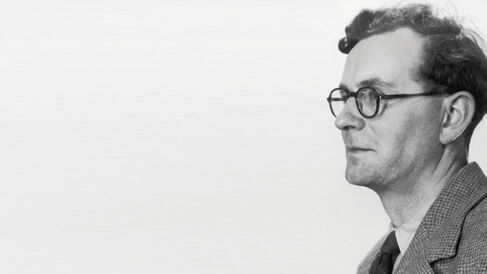Rodney Robert Porter

Nobel Prize in Physiology or Medicine 1972 for discoveries concerning the chemical structure of antibodies, shared with Gerald Edelman.
Department of Biochemistry PhD student (1946-1948, PhD awarded 1948).
After graduating from the University of Liverpool, Rodney Robert Porter moved to Cambridge to become Frederick Sanger's first PhD student. His career was interrupted by the war in which he served with the Royal Army Service Corps, rising to the rank of Major. He was with the First Army in 1942 in the invasion of Algeria and with the Eighth Army during the invasion of Sicily and then Italy. Porter eventually gained his PhD in 1948 and went on to work at the National Institute for Medical Research, Mill Hill and at St. Mary's Hospital Medical School before following in the footsteps of Rudolf Peters as Whitley Professor of Biochemistry at Oxford. At Mill Hill Porter worked on methods of protein fractionation in collaboration with Archer Martin who shared the 1952 Nobel Prize with Richard Synge.
Porter went on to show that papain splits the immunoglobulin molecule into three pieces of equal size, two of which are identical and are able to bind antigens (the Fab - Fragment antigen binding - pieces). The American Gerald Edelman had shown that peptide chains within immunoglobulins were linked by both inter- and intra-chain disulphide bridges and Porter found that there were four chains in each antibody molecule, two identical larger chains, the heavy chains, and two identical smaller, light chains. Porter and Edelman shared the 1972 Nobel Prize for resolving the structure and mode of action of antibodies.
In the early 1980s Porter turned to the identification of the genes involved in the classical and alternate pathways for complement activation, but his participation in these studies was cut short following his tragic death in a road accident in September 1985.
